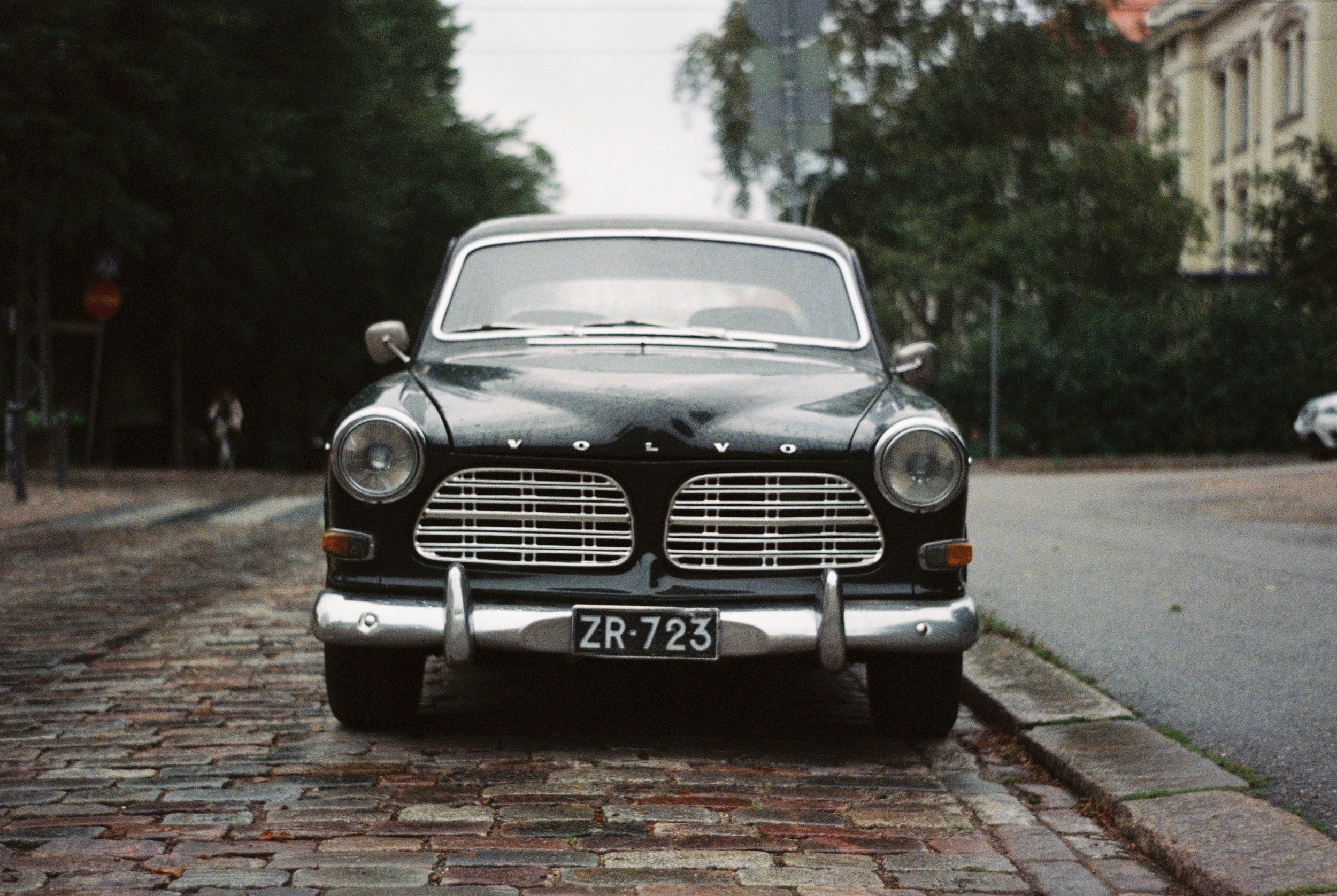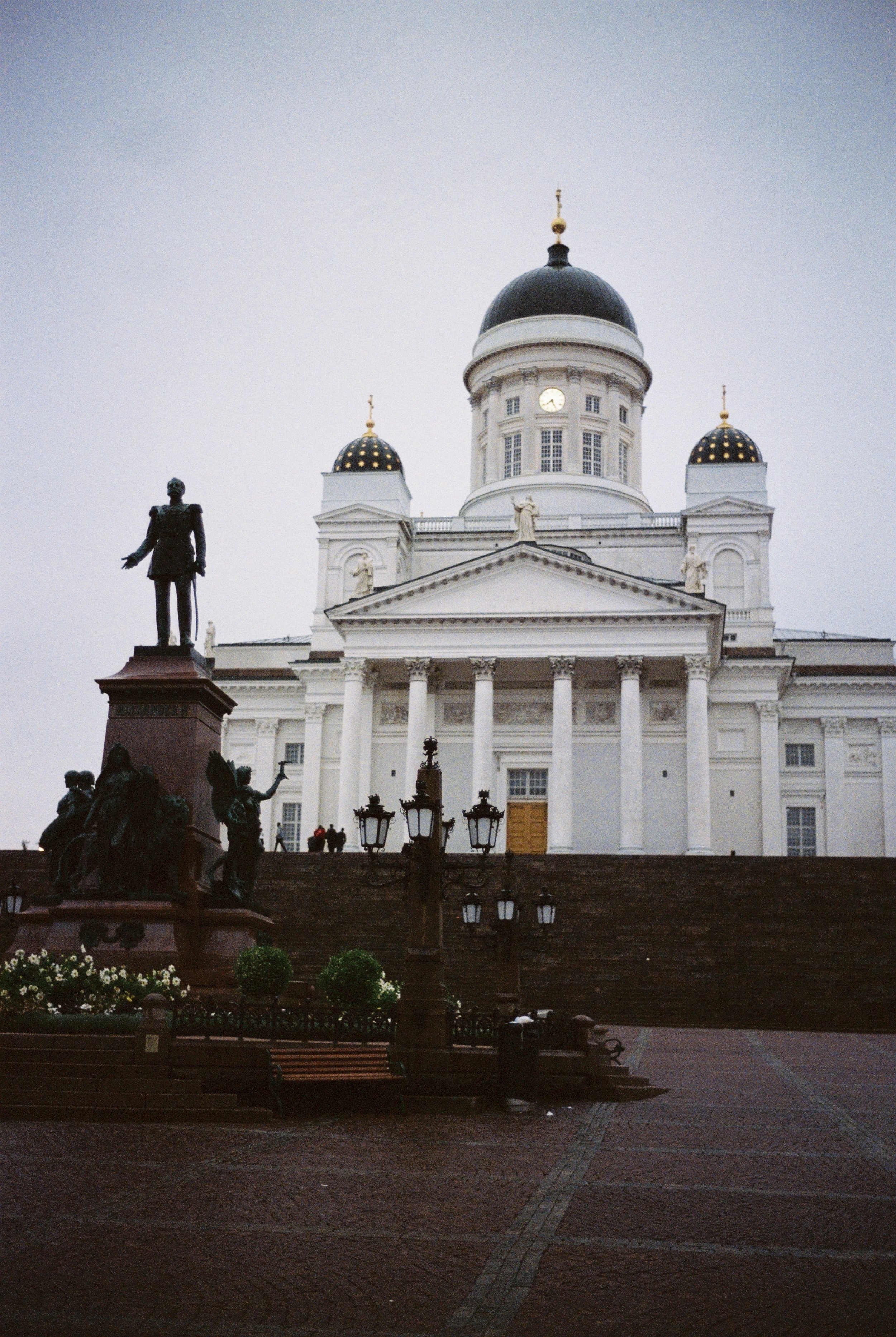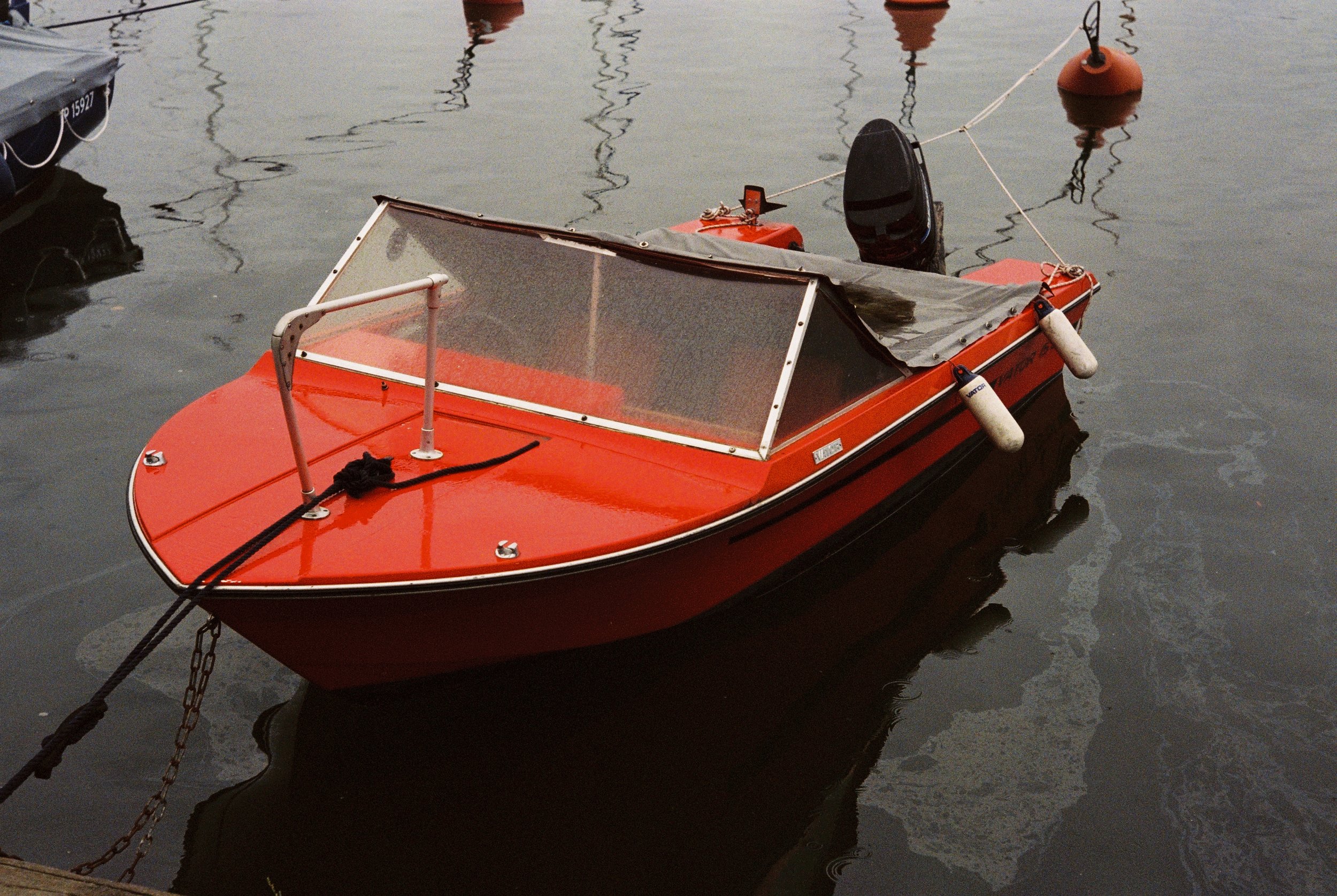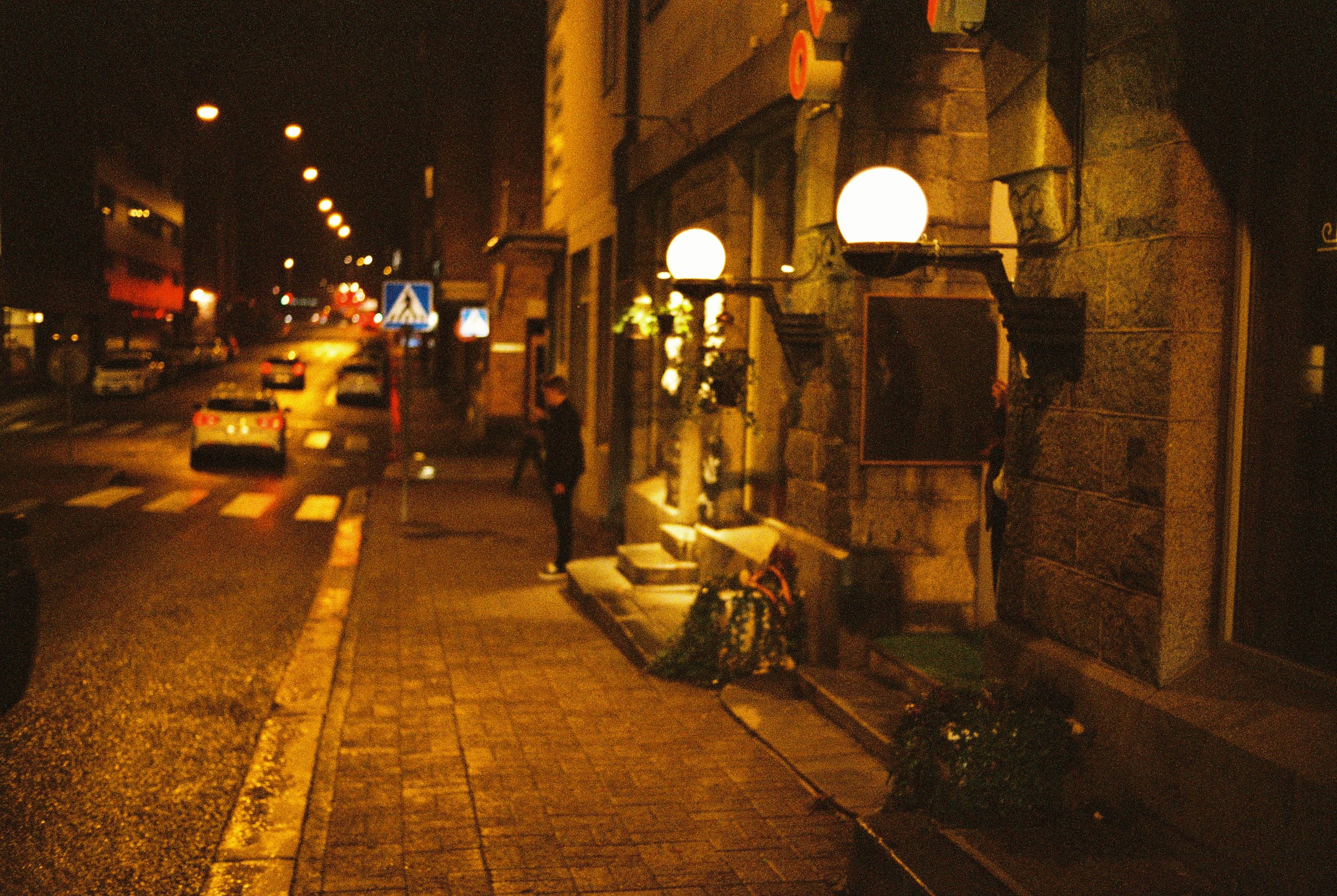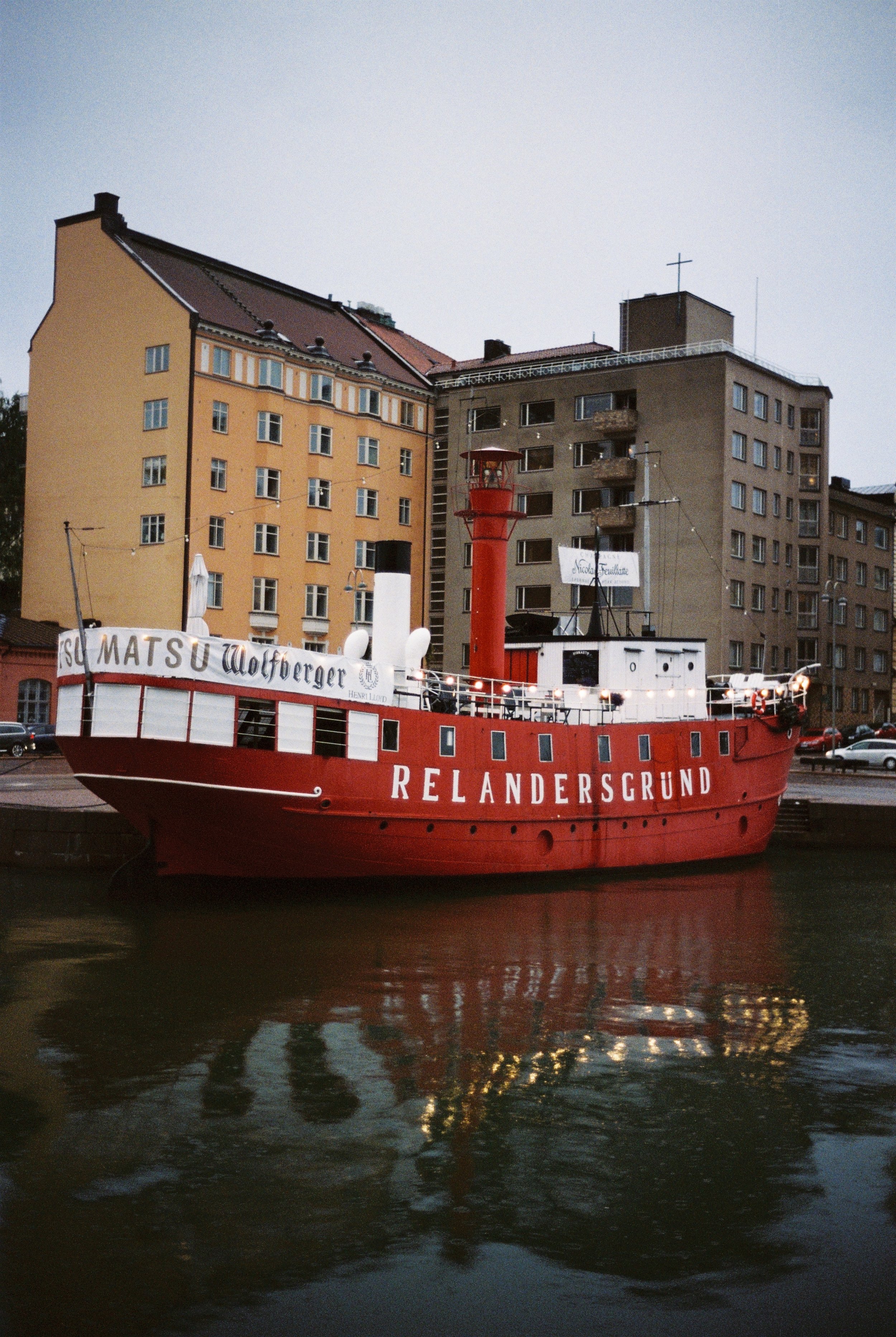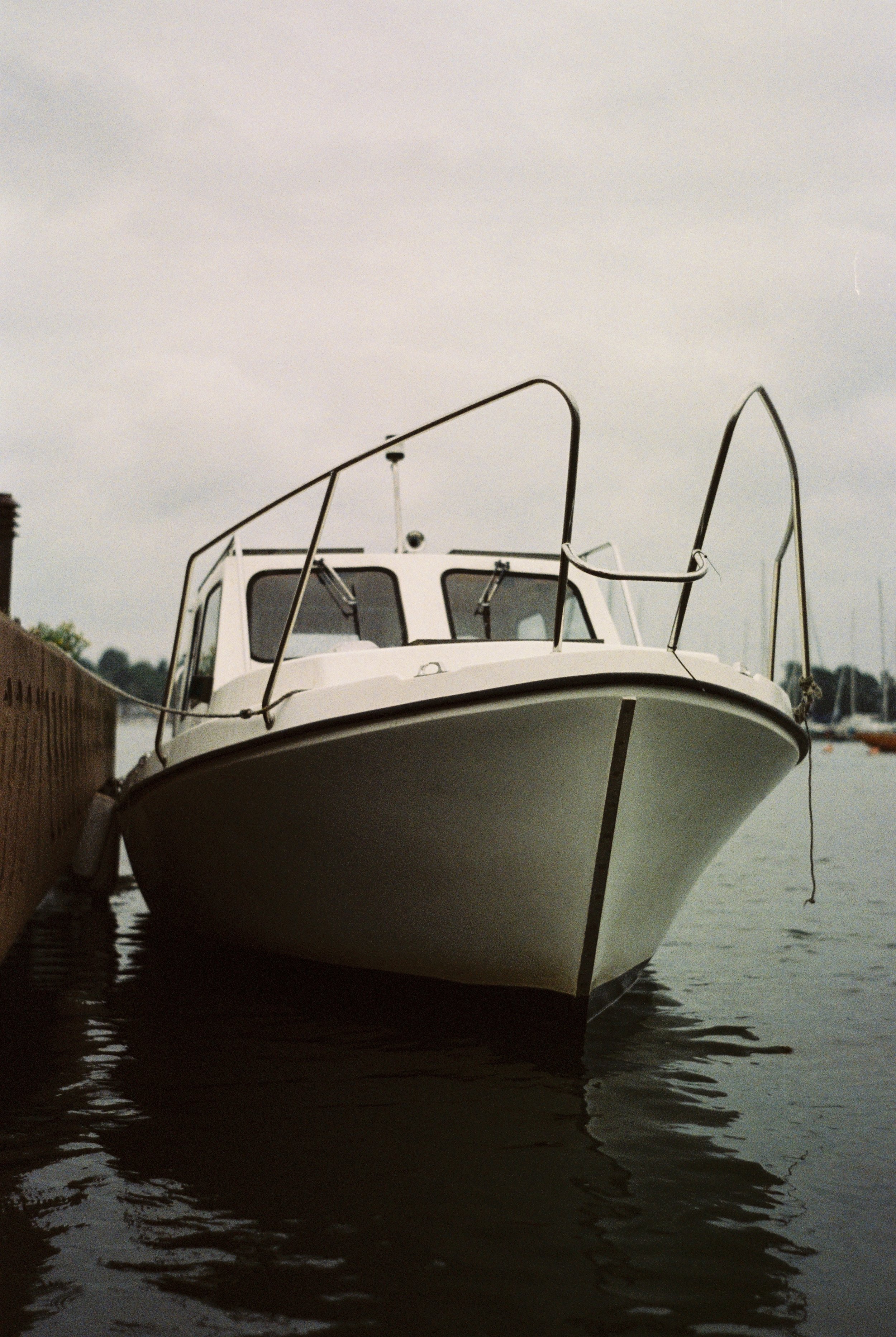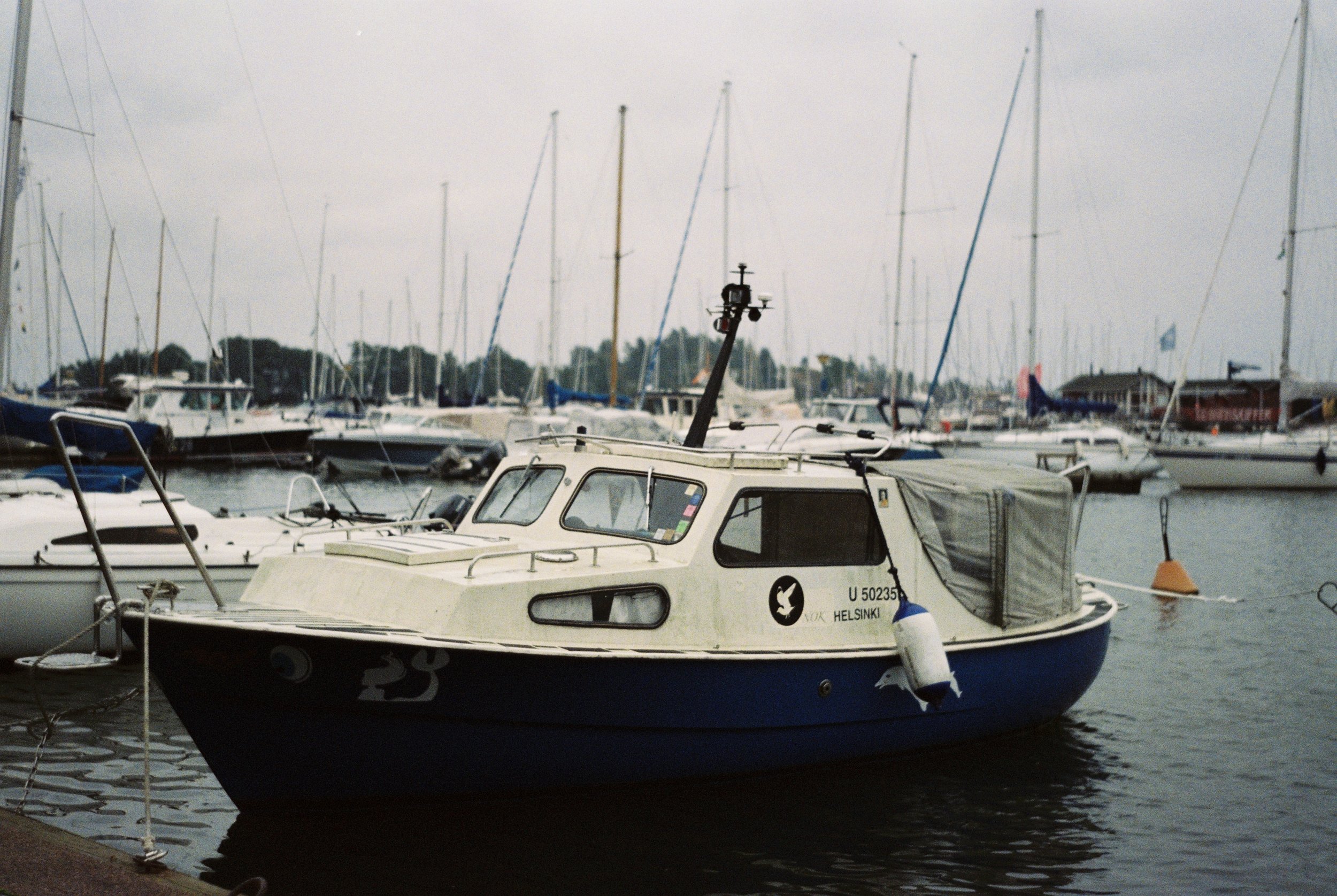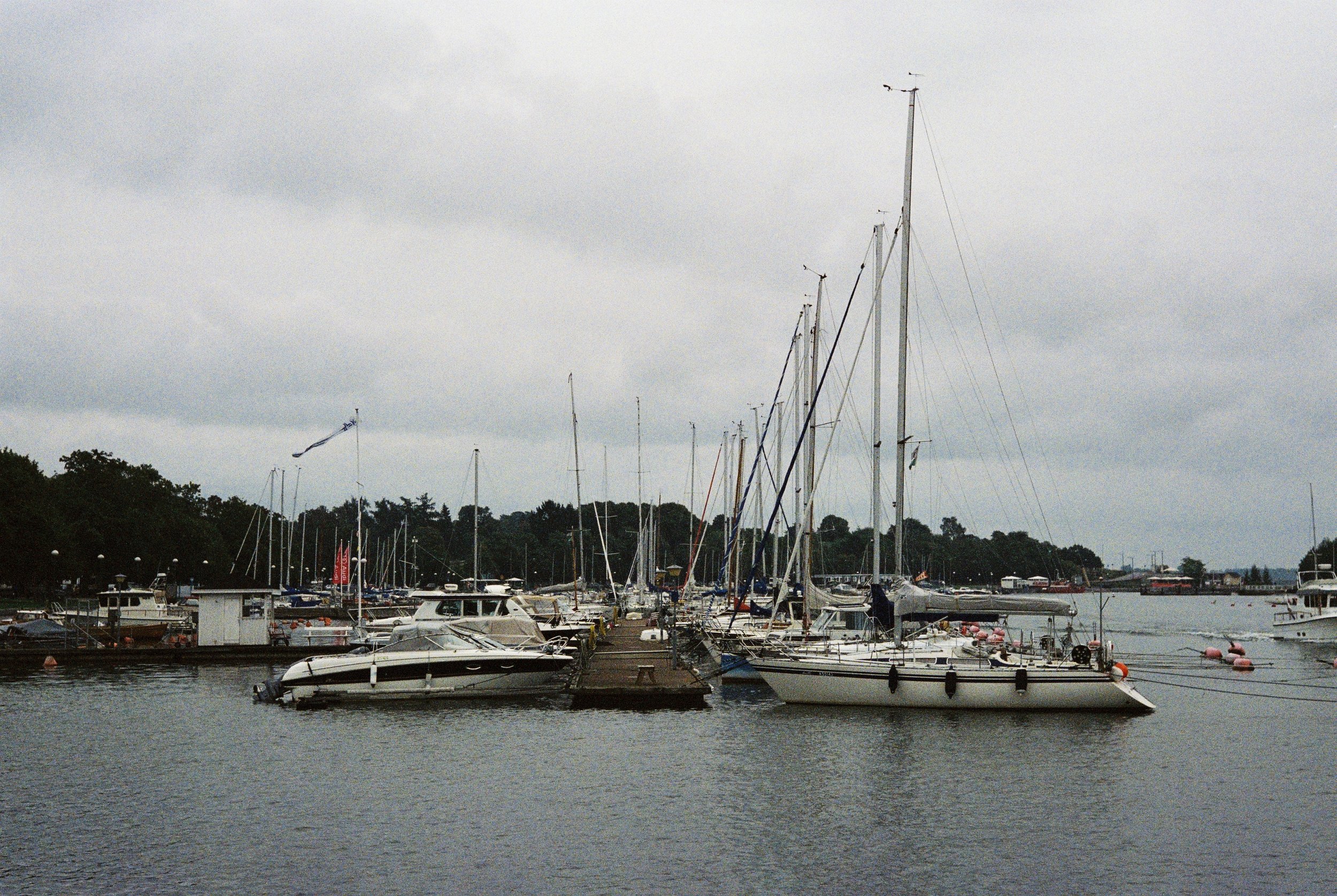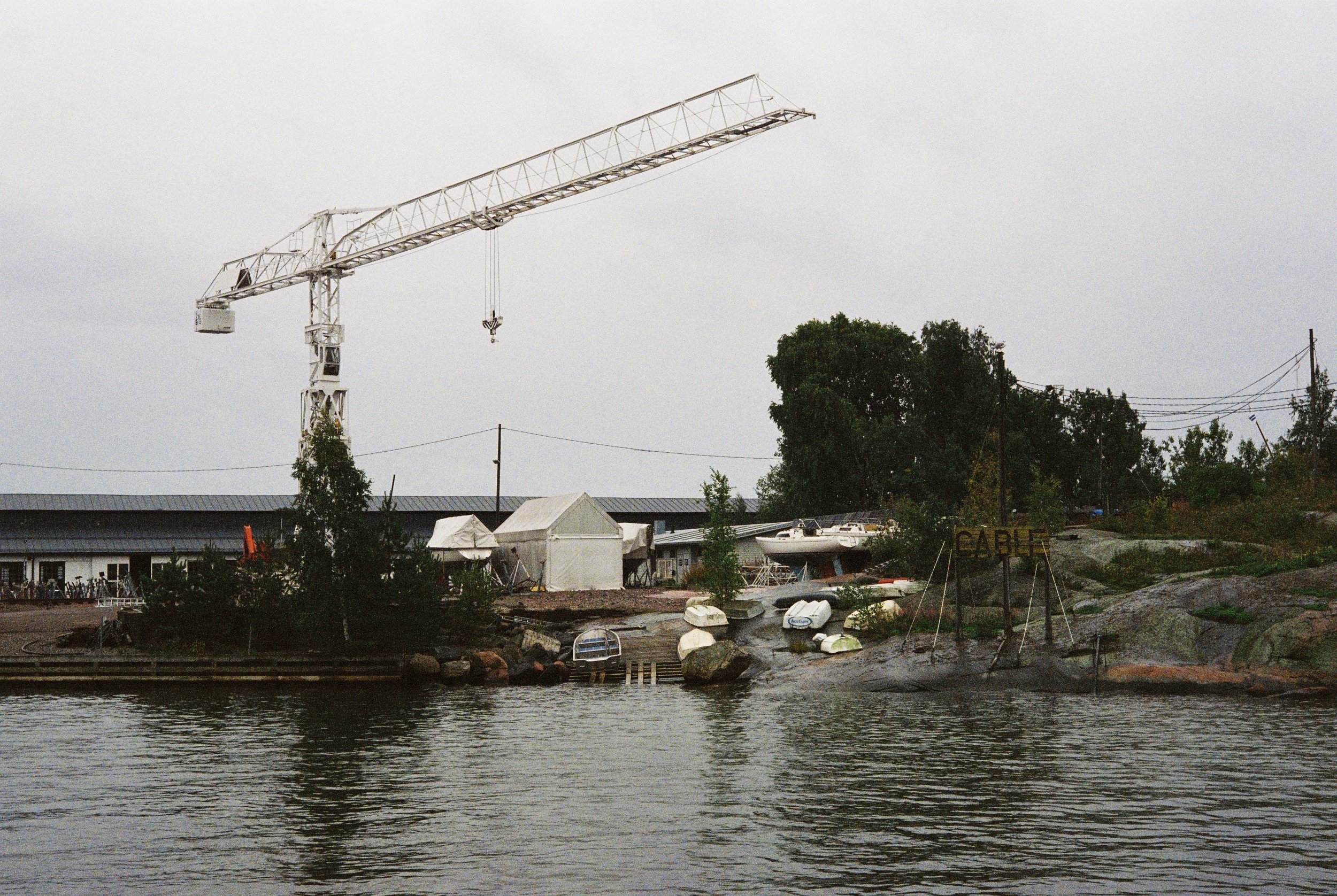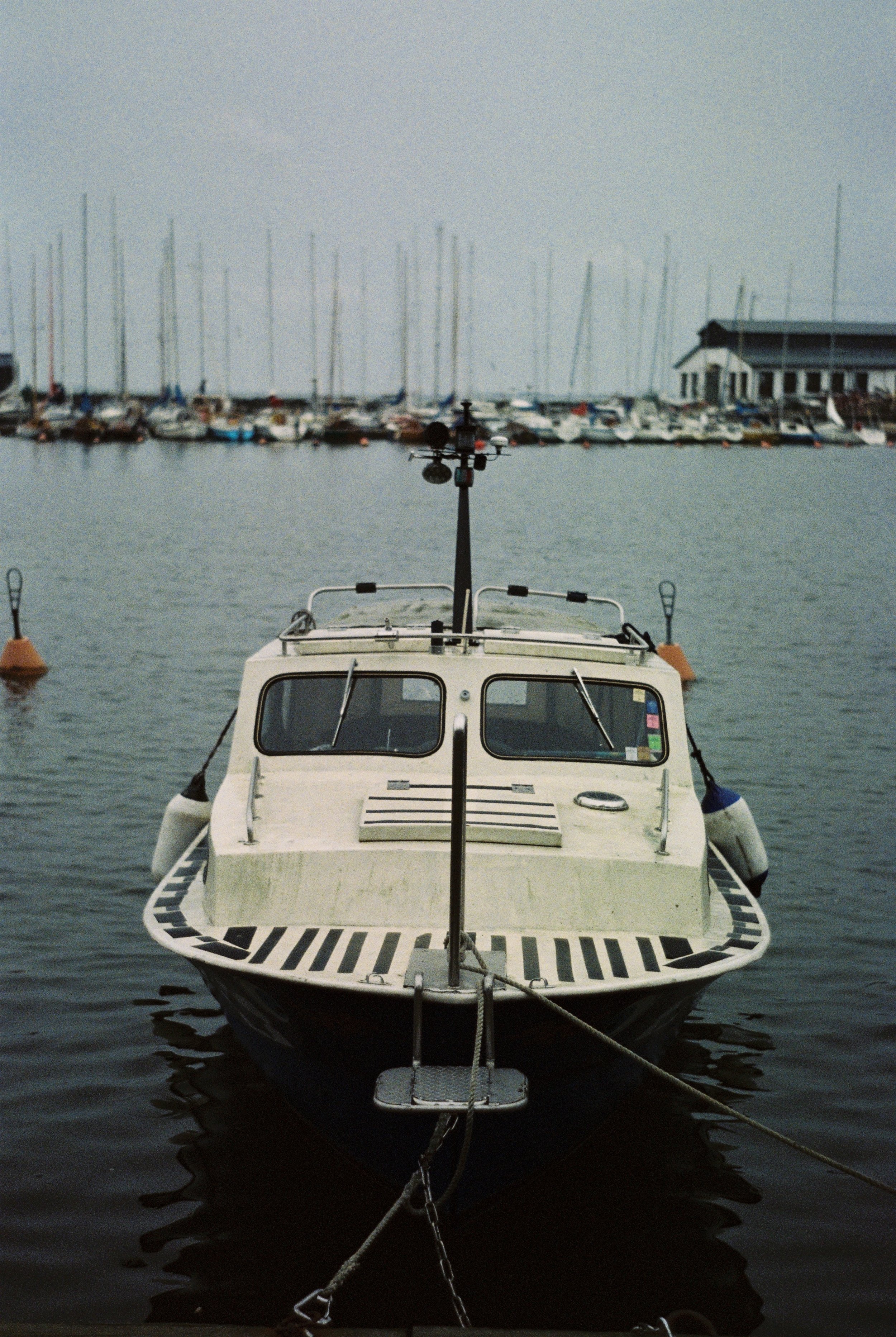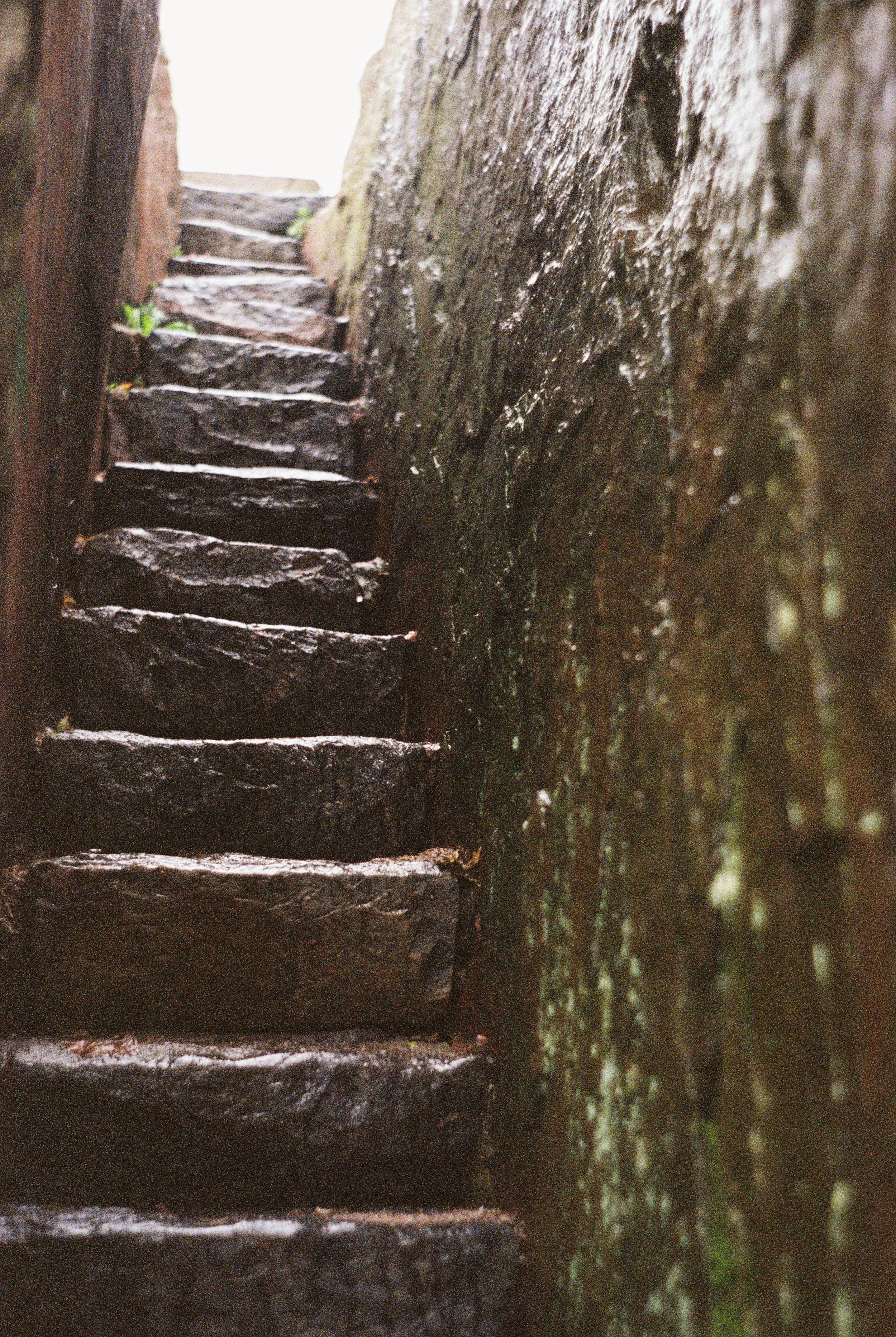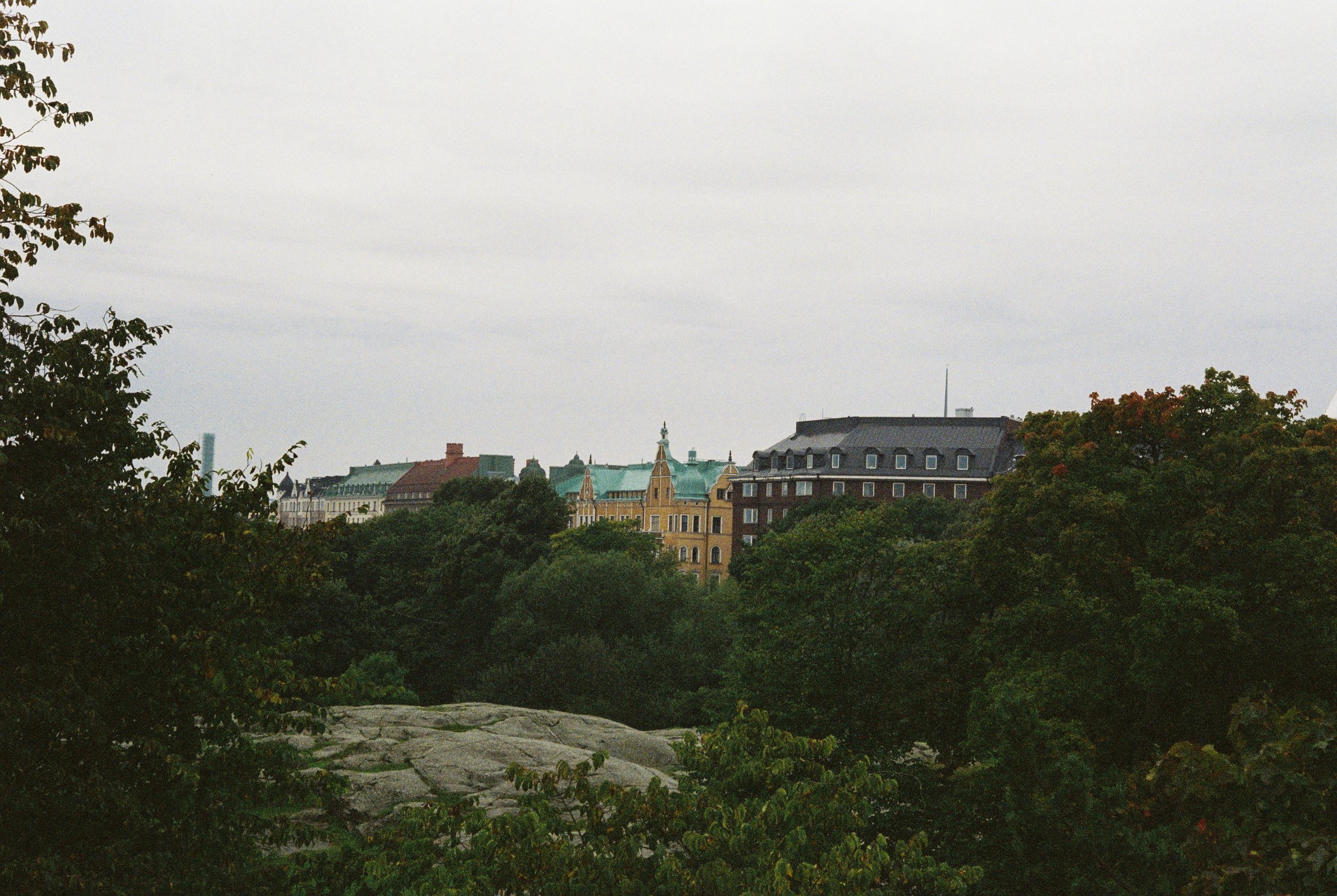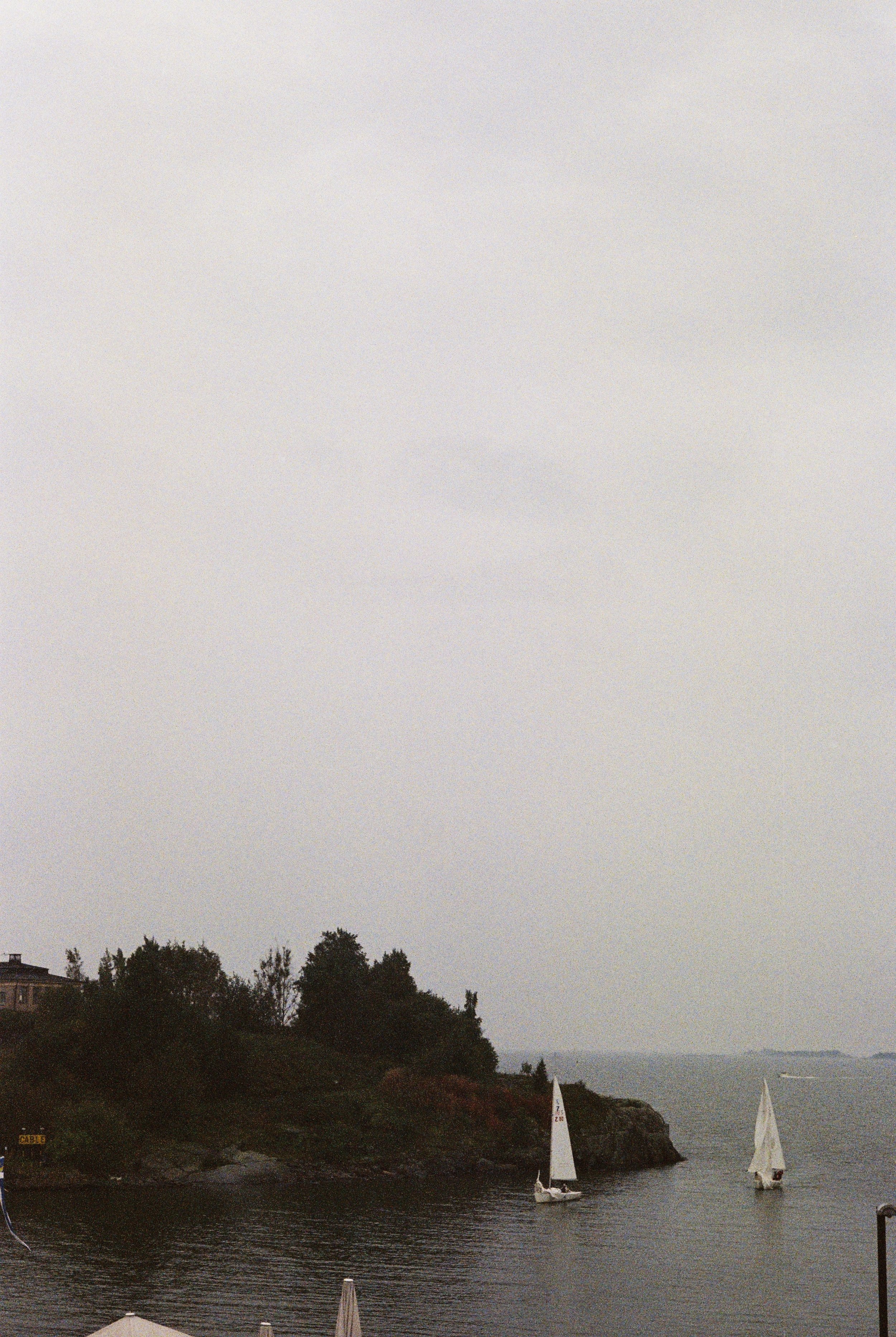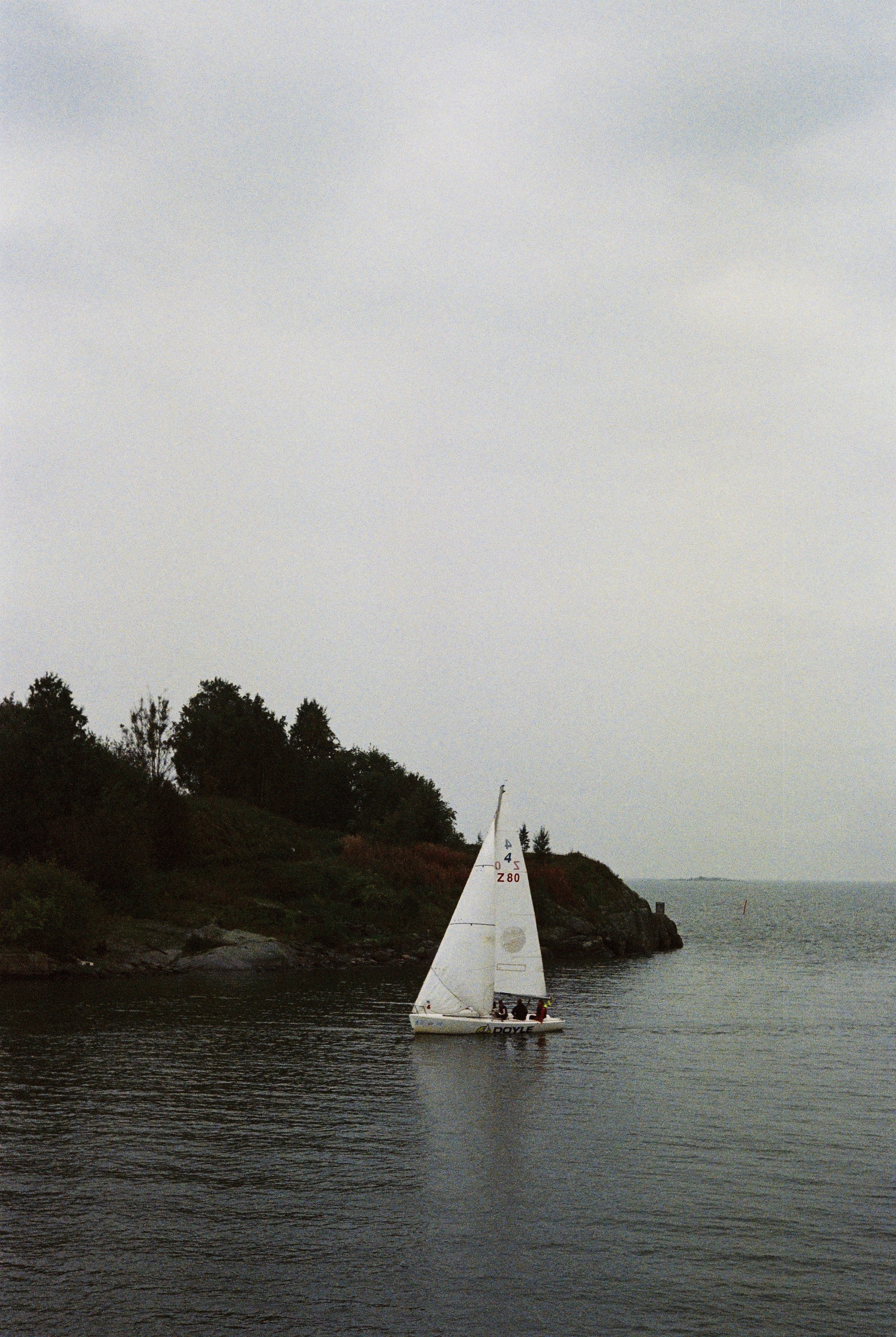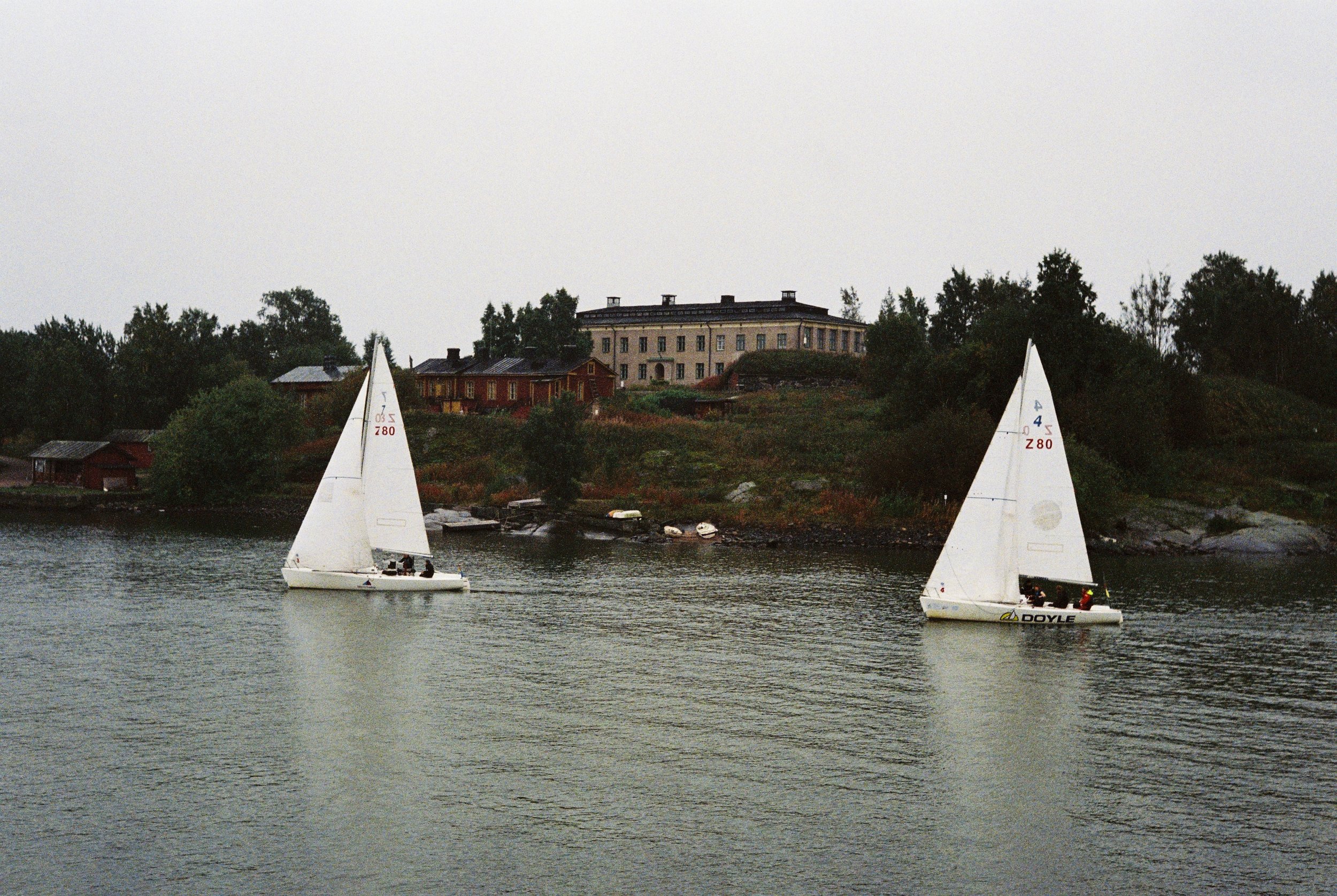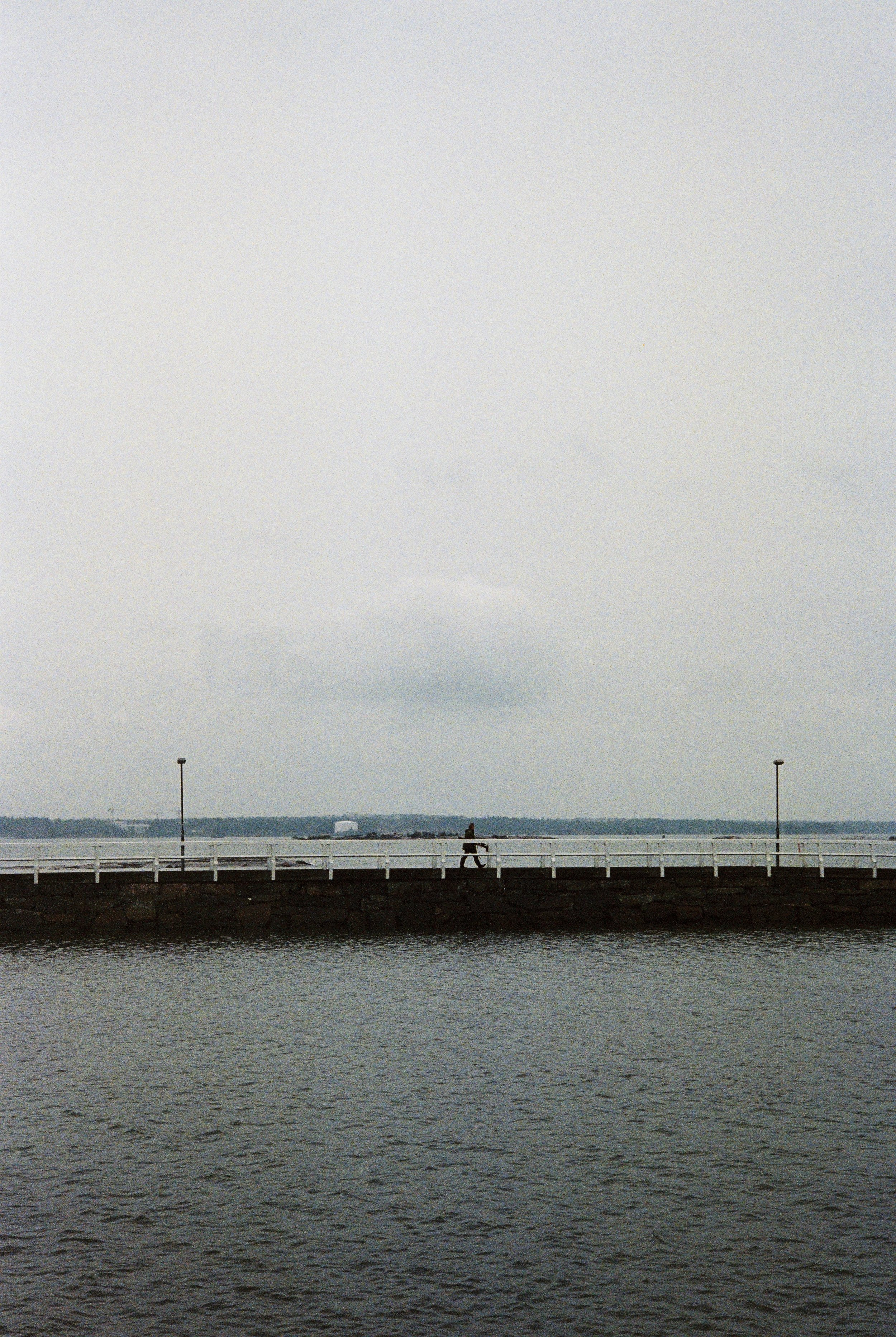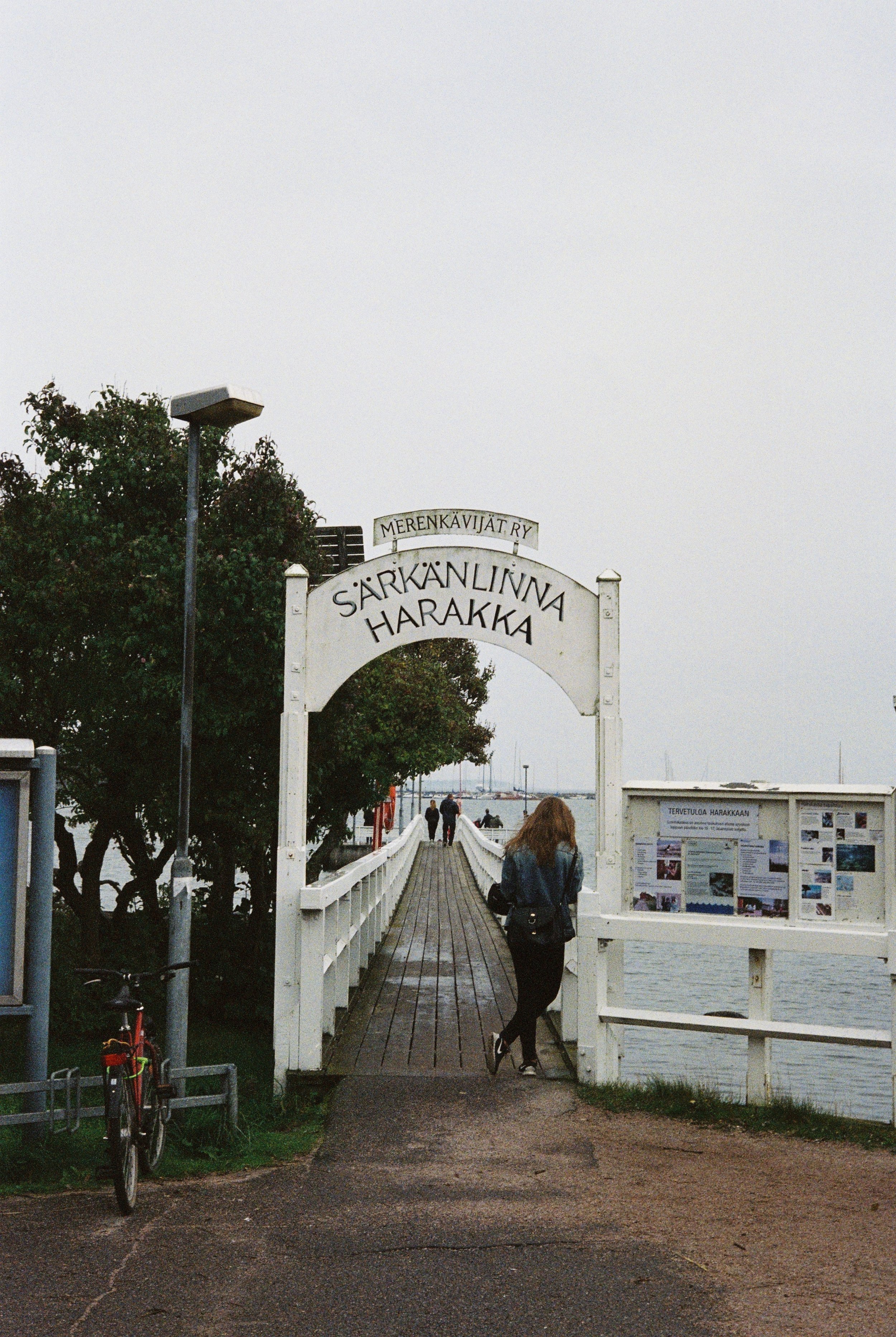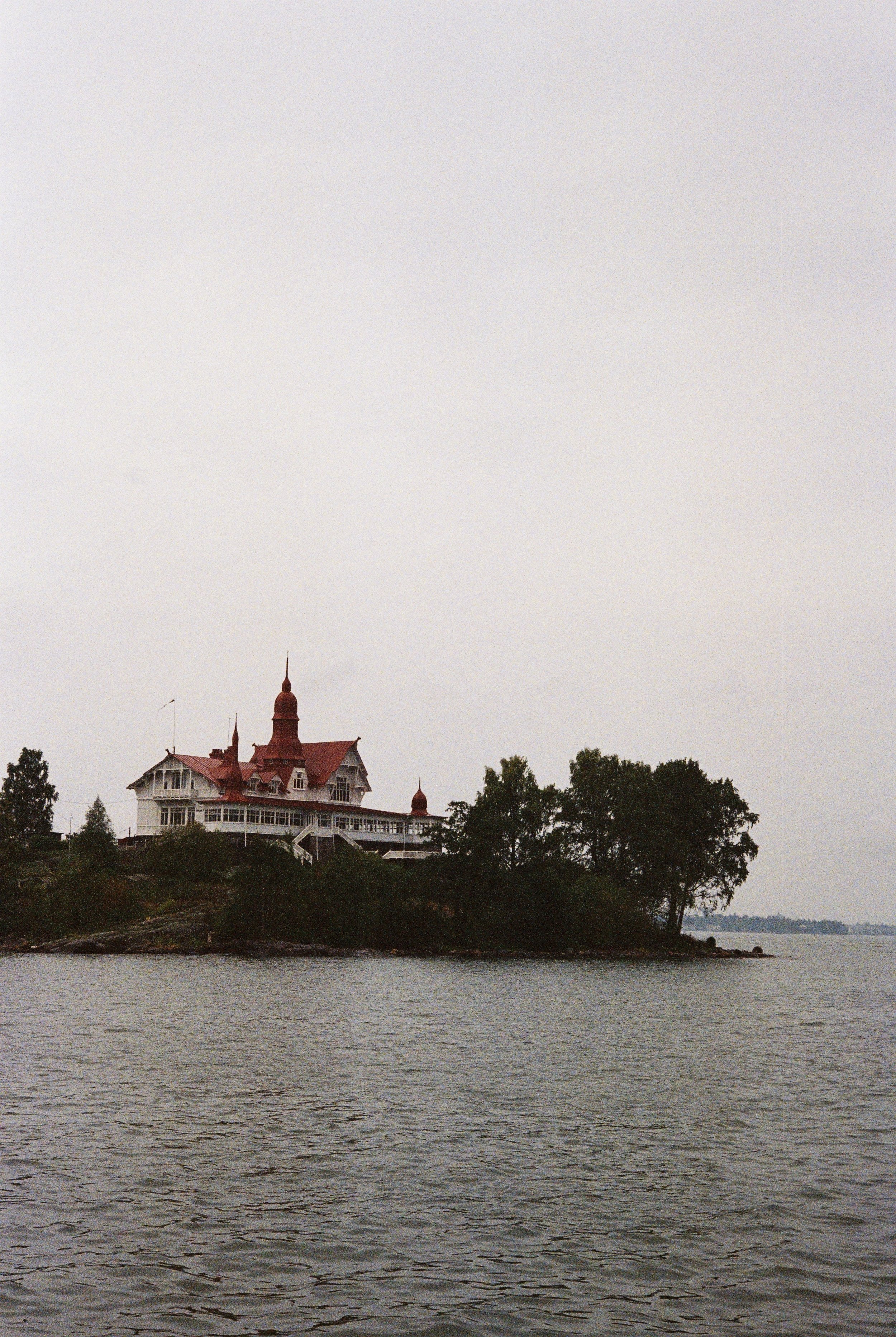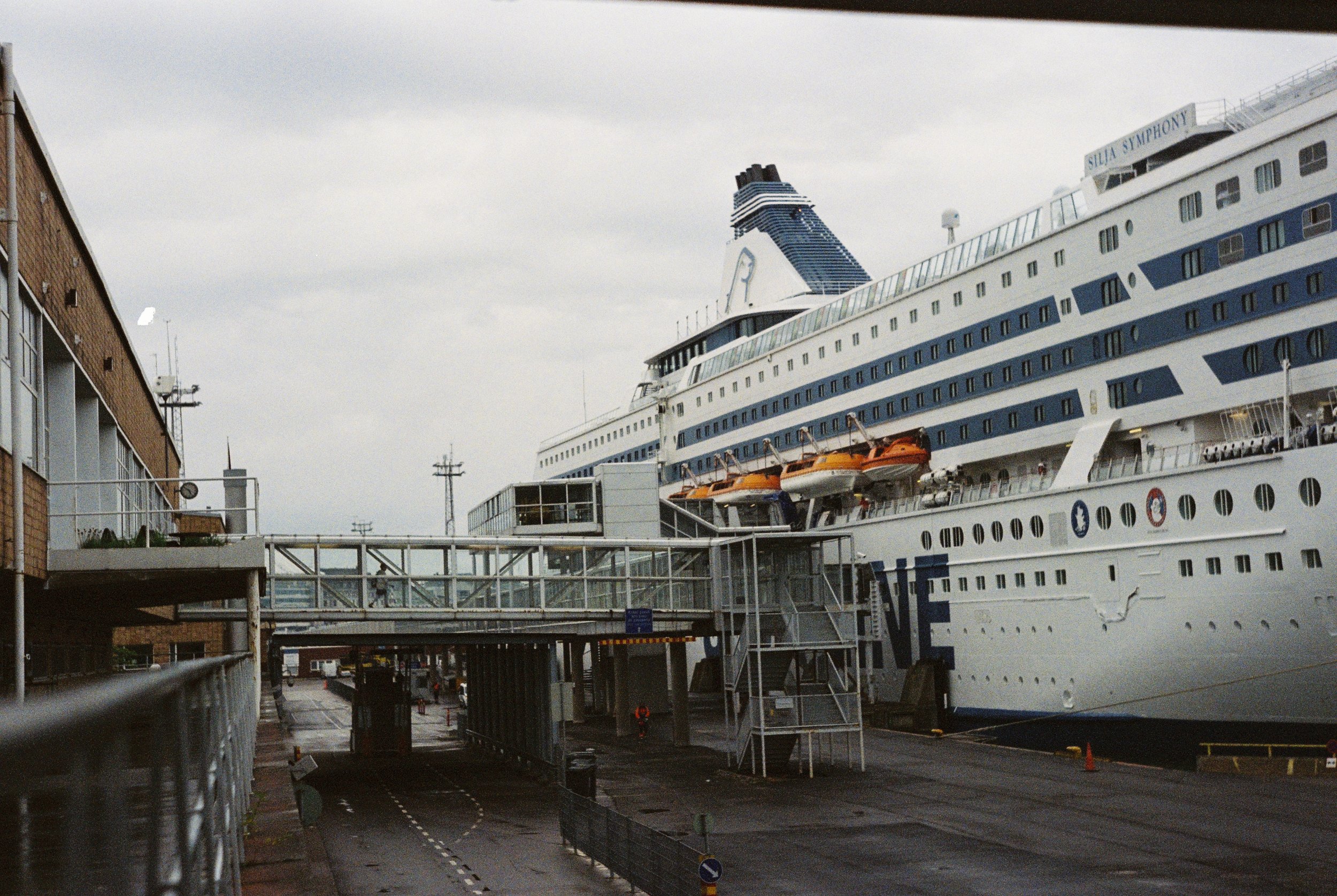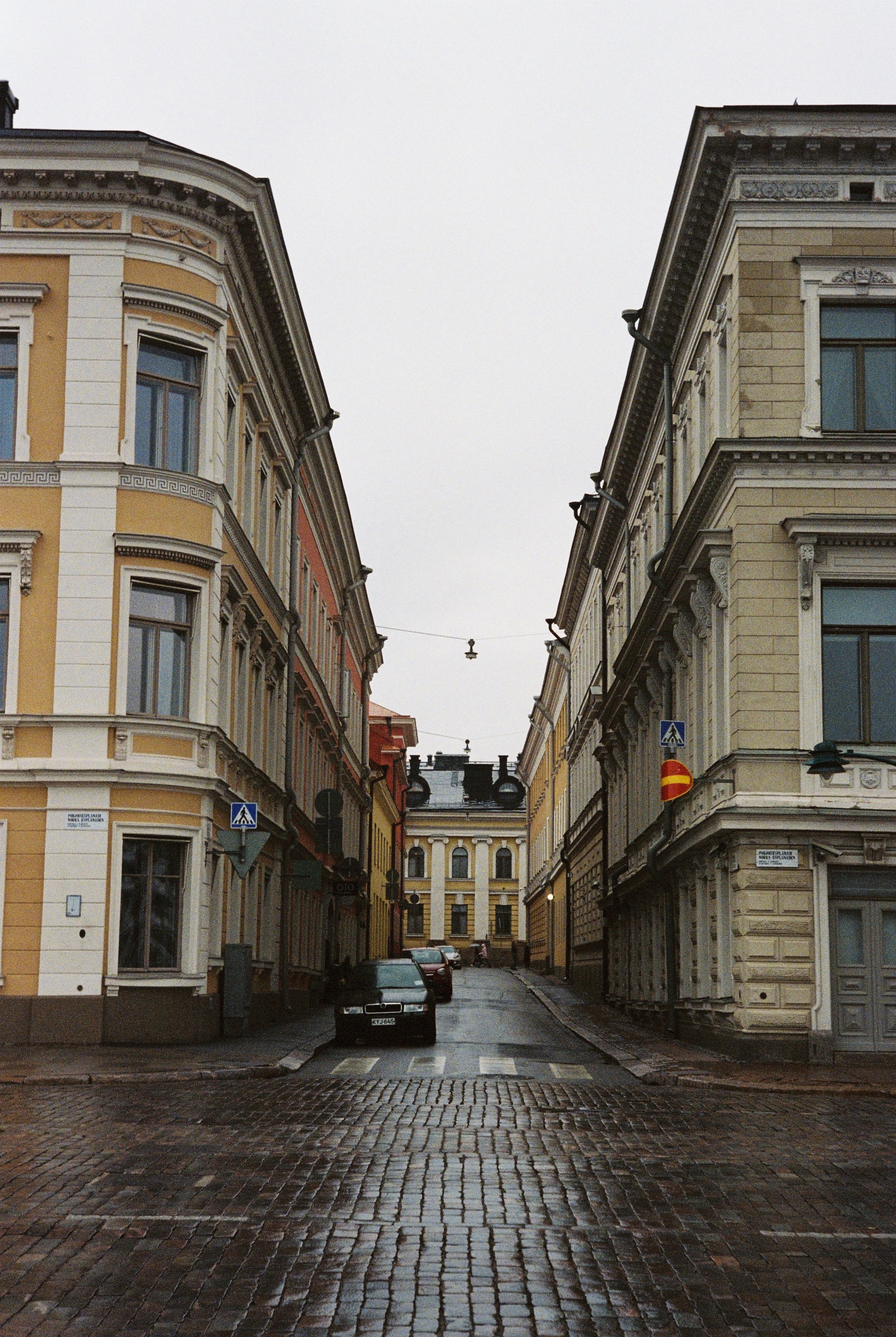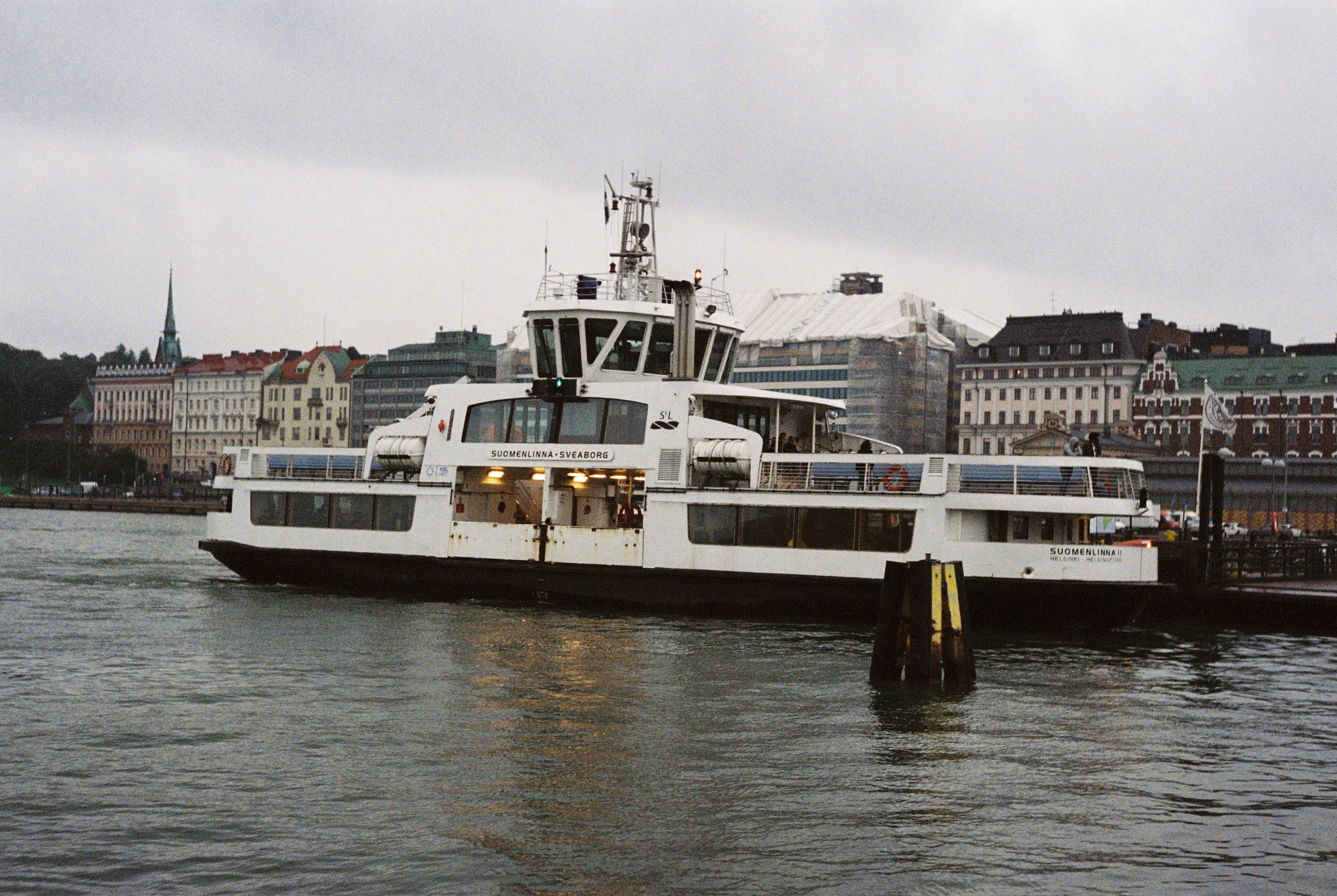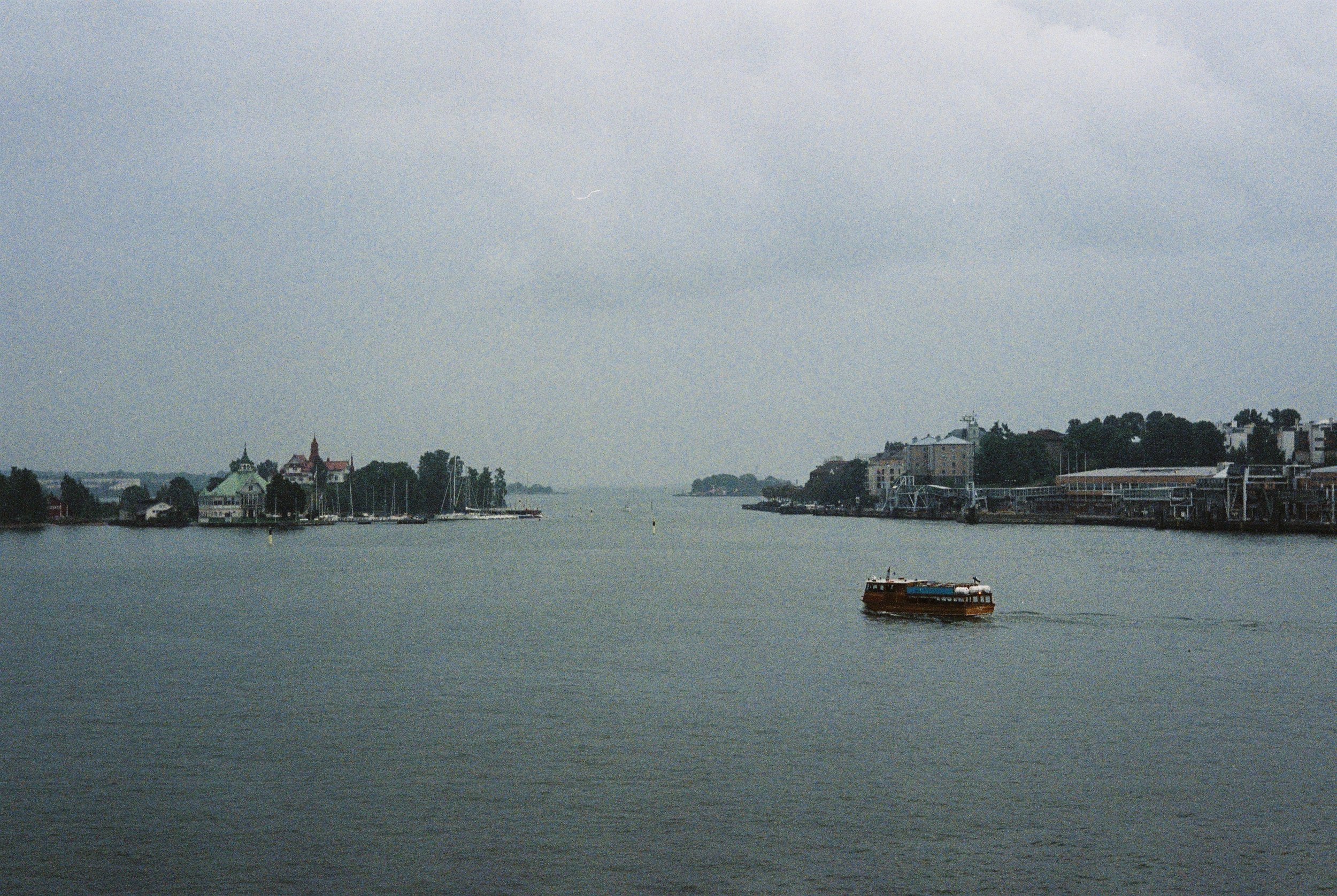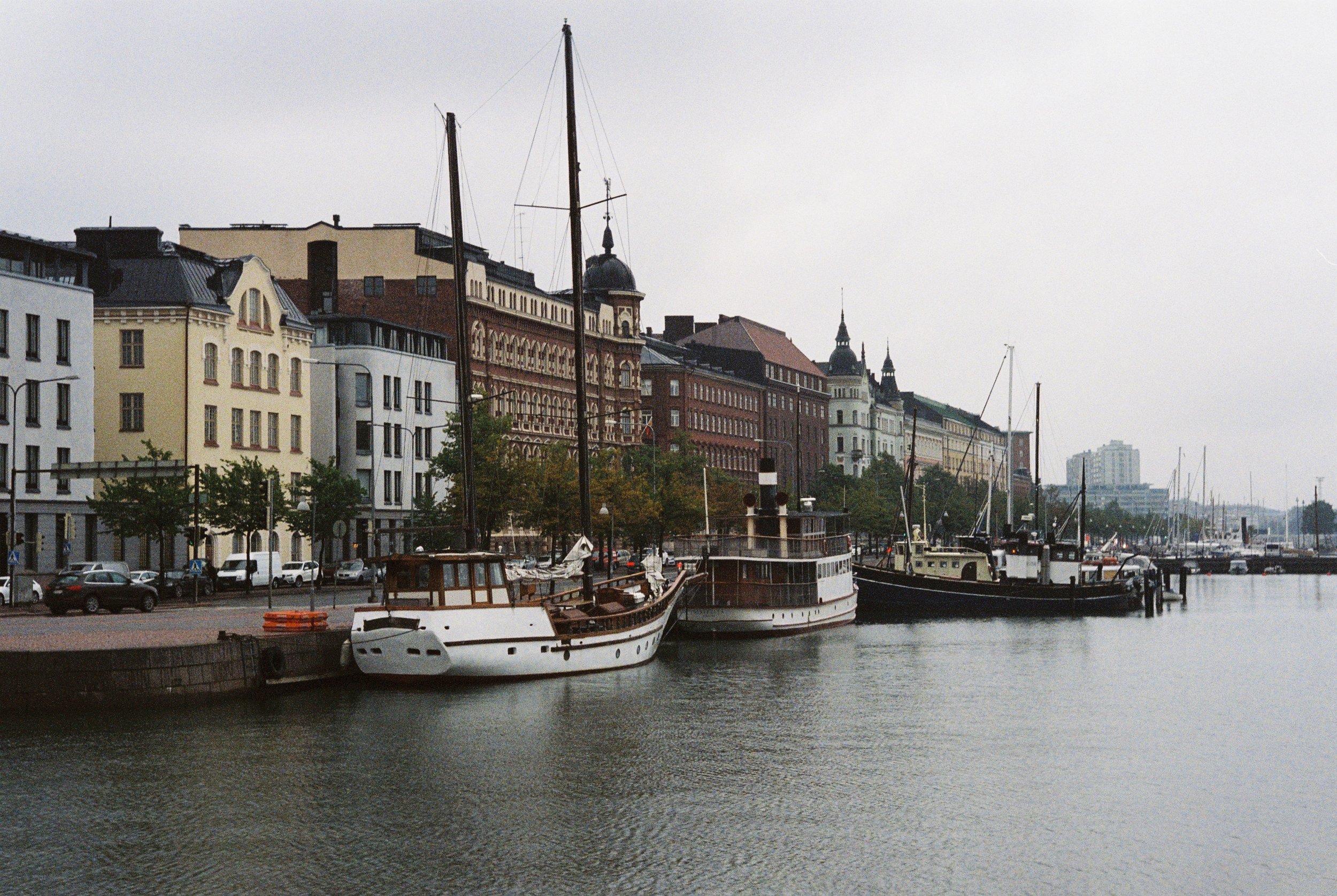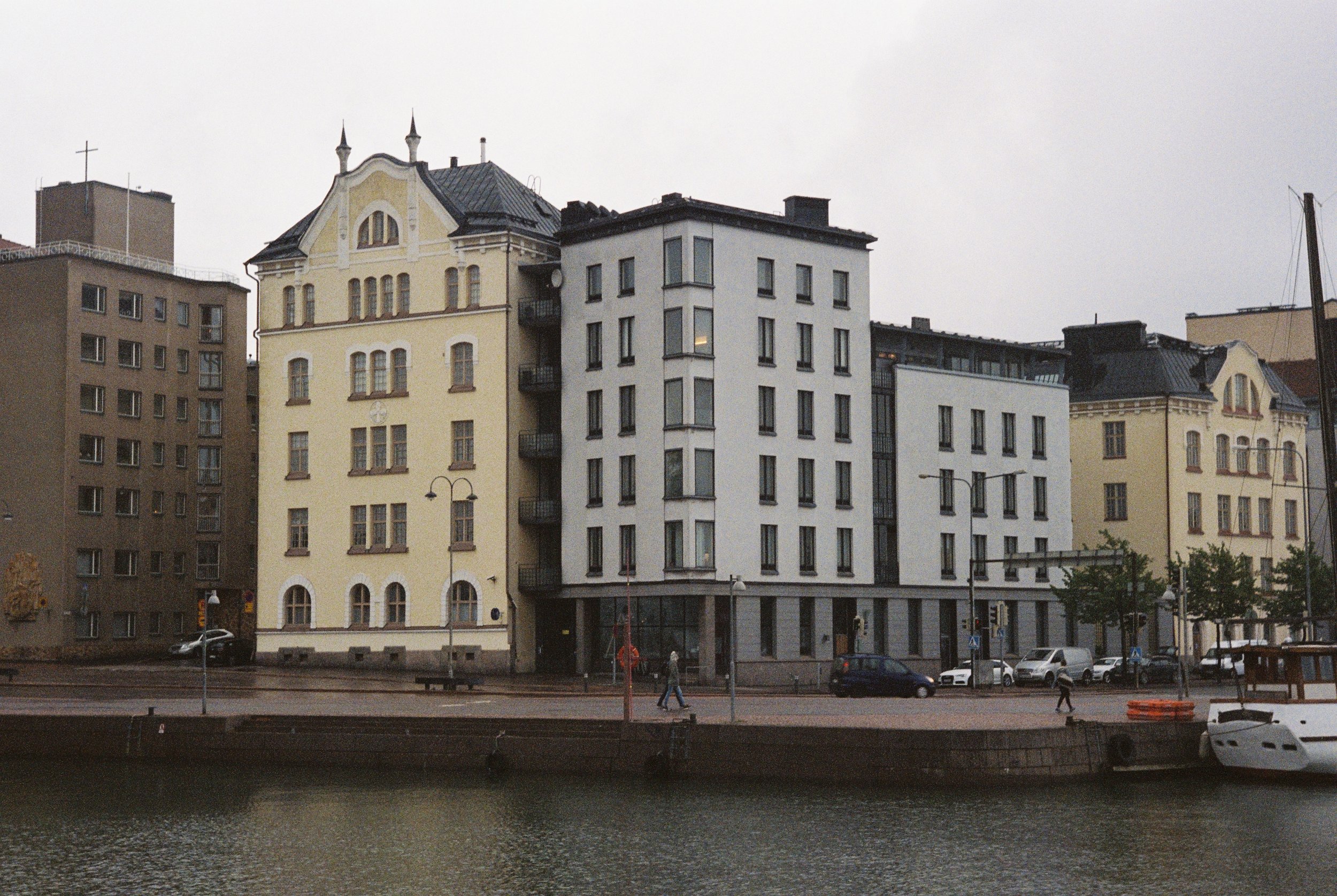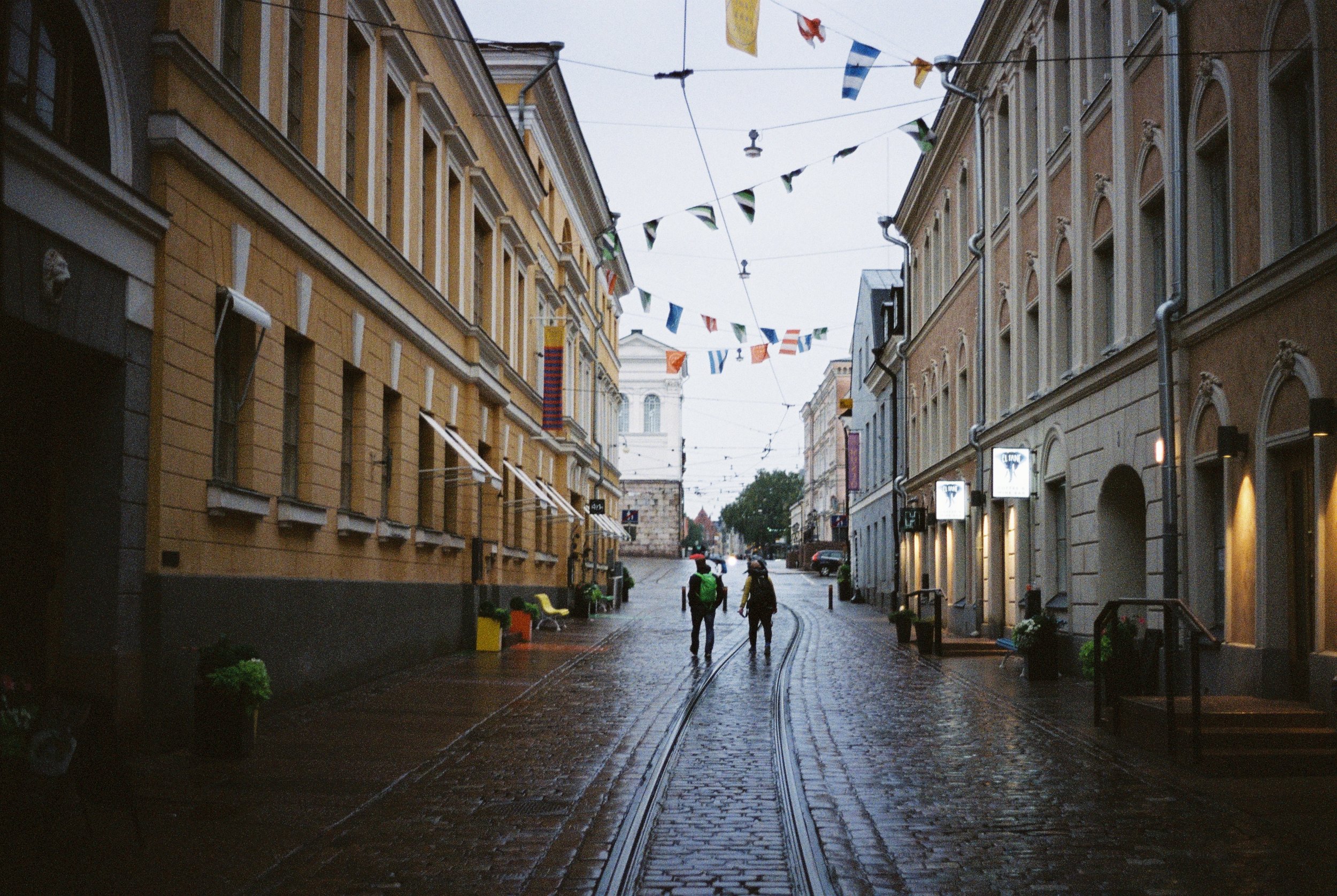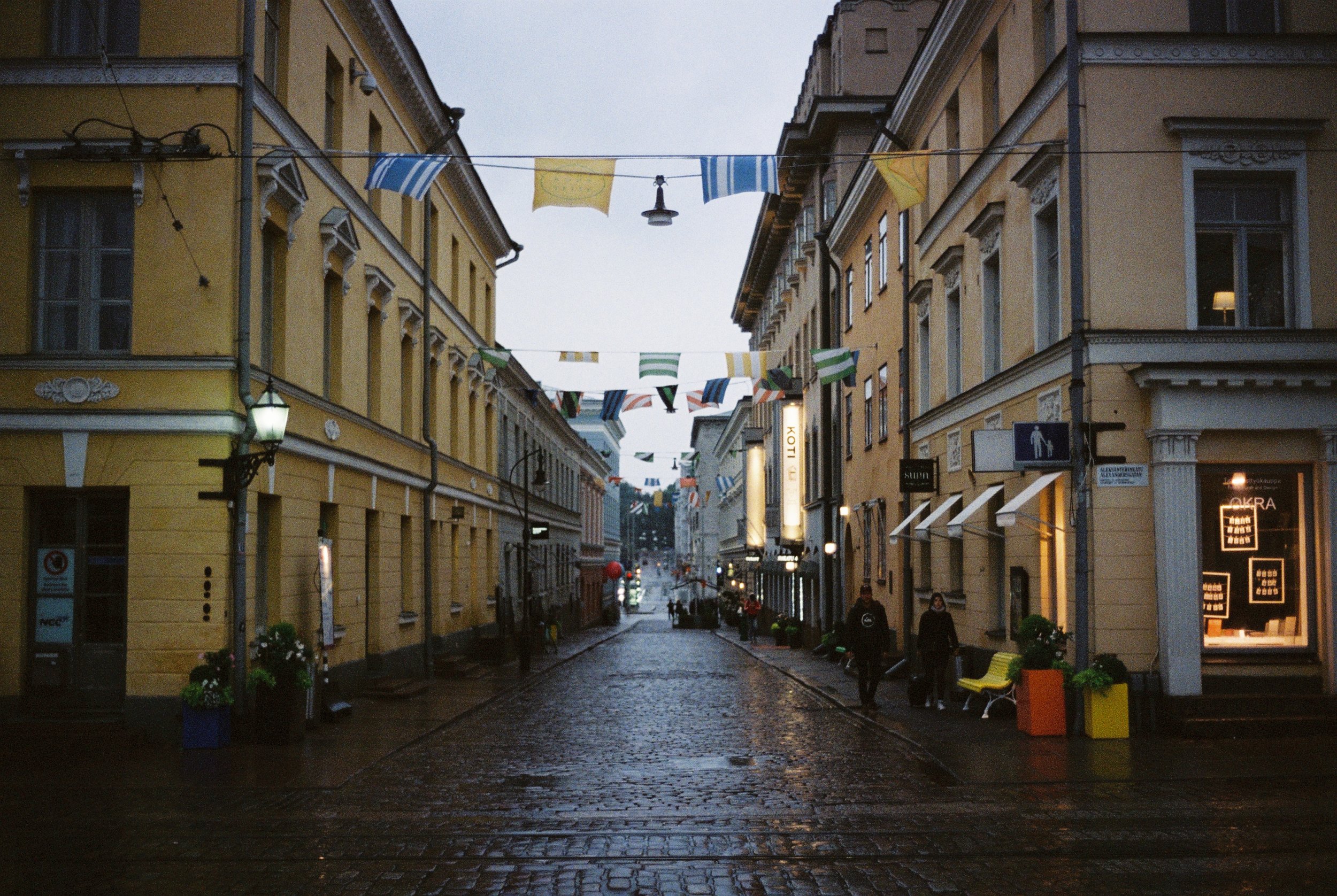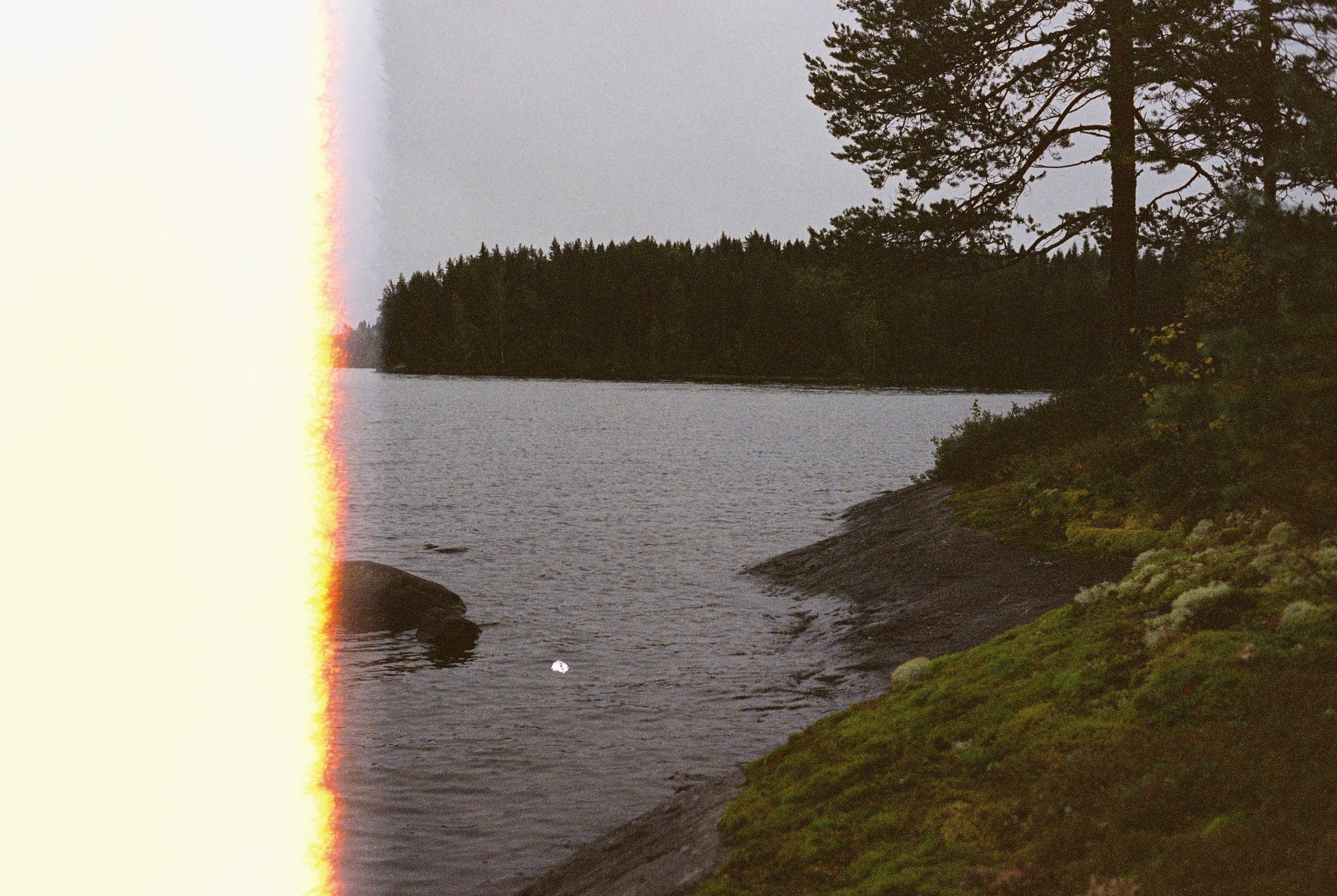Camera: Voigtländer Bessa R3A Rangefinder
Location: Tampere + Helsinki, Finland
Film: Unknown
Lens: Jupiter 8 50mm f2 Soviet - Zeiss Sonnar Copy
Photographers have highly contrasting opinions about the Jupiter-8 lens
The Jupiter 8 is a Soviet copy of a Zeiss Sonnar Lens made after WWII
Zeiss ‘quality control’ seemingly not matched under Soviet manufacturing
Fair chance of finding a well-made Jupiter 8
Price vs specs make the Jupiter 8 a potentially excellent value lens
There are a lot of strong feelings out there about the Jupiter 8 50mm f2 lens. I would say in my experience the talk one way or another is about 50/50. Half think it is such a terrible lens they wouldn't even waste their breath to describe its shortcomings, and half seem to think they stumbled upon the best value rangefinder 50mm lens of all time.
The Jupter 8 is a soviet-made M39 mount rangefinder 50mm lens originally made from the plans and machinery used to produce the Carl Zeiss Jena Sonnar 50mm f2.0 lens. At the lens of WWII the Zeiss plant in Jena, Germany was overrun by the Russians which took everything they could back to the east. I believe some of the earlier Jupiter series lenses were made from the all the same materials from the Jena factory, including the glass.
So at its root the Jupter 8 lens is based on a well-made lens by a well-respected company. The main difference between a Zeiss and a Jupiter of this era is the quality control. It's said that the Russian-produced lenses have a very low level of quality control. I read once - or maybe heard a friend say - that when a Jupiter lens came off the production line, it was then rolled down the stairs into a shipping box. And I found in an old forum a guy suggest the best fix for any lomo (also Russian) was to throw it down the stairs.
Occasionally when you hold a bad Jupiter 8 lens in your hand, these anecdotes often seem to the only reasonable explanation for its poor quality construction. I haven't found any proof that the Russians had "low quality control standards", but it can be assumed due to the many many bad copies you might find.
Of course the Jupiter lenses aren't all bad, and when you happen to get a well-made copy it's feels like the well-made and well-respected lens it was meant to be. On top of that it's a great value. My suggestion for buying a Jupiter 8 lens is to try it yourself first, or buy it from a reputable second hand camera seller, one that checks and defines it condition. I was able to buy mine in person and checking it out I was able to see it worked very well and felt good.
When you get a good copy Jupiter 8 lens you basically have a lens that is:
Compact
Lightweight
Good-looking
Large Aperture
Highly Affordable
Sharp
And interesting note about the Jupiter 8, or at least my copy - is that when shot at f2 and focused near infinity and pulled back a bit, my shots gave a medium format type shallow depth of field look. I think the vignetting influences this effect but I do like the way it looks, and I’ve never in my previous years expect an image like this from a lens I picked up at a camera show for 12 USD.








